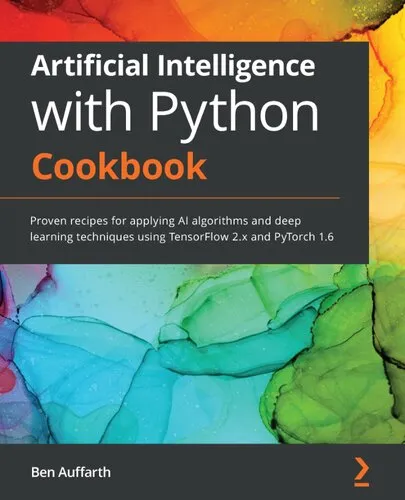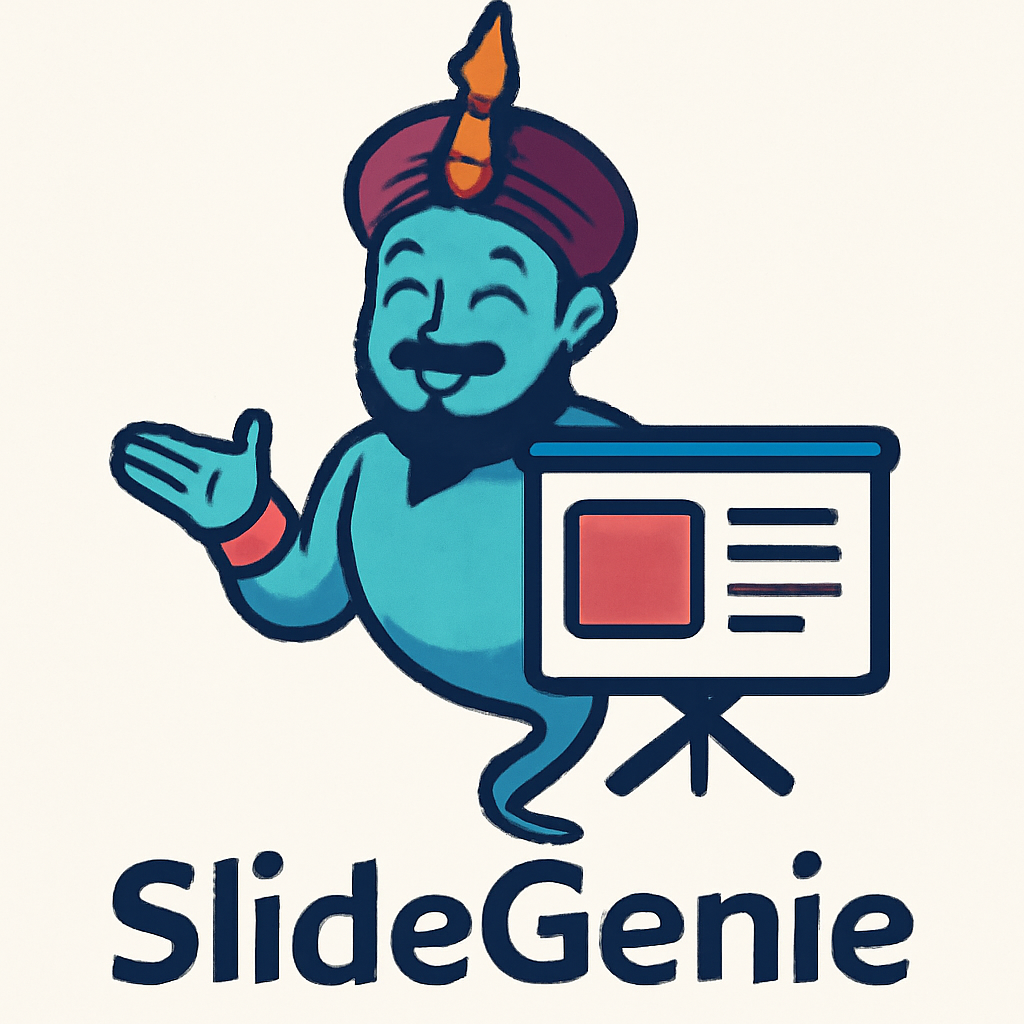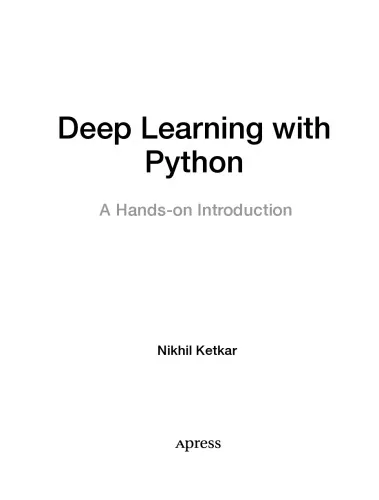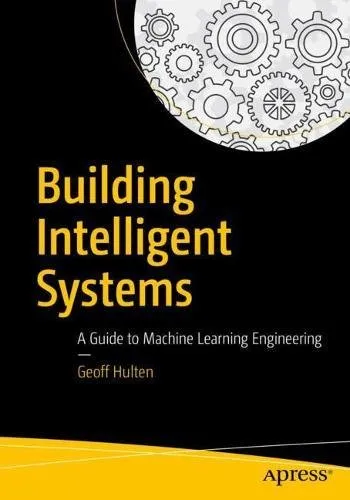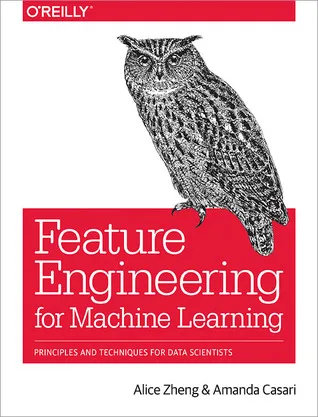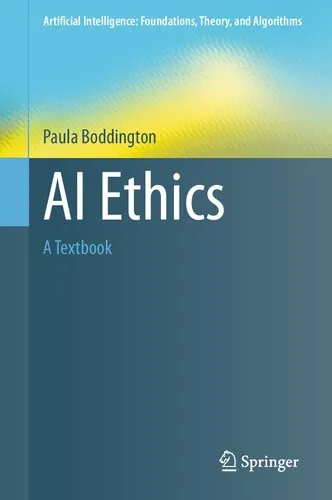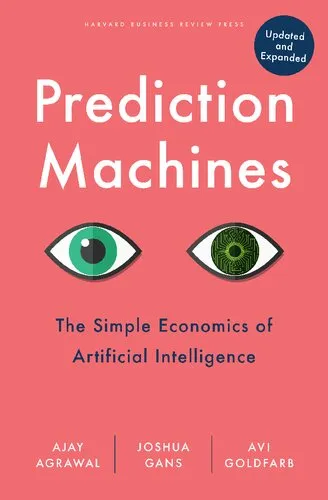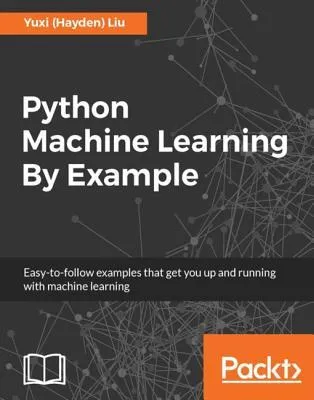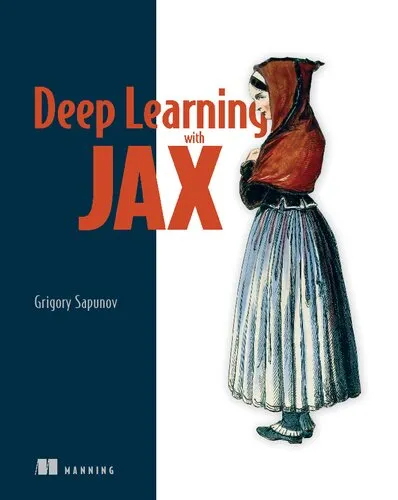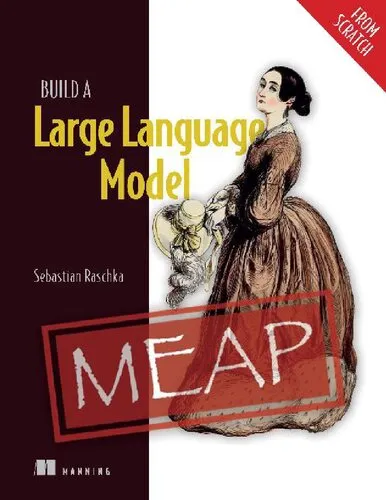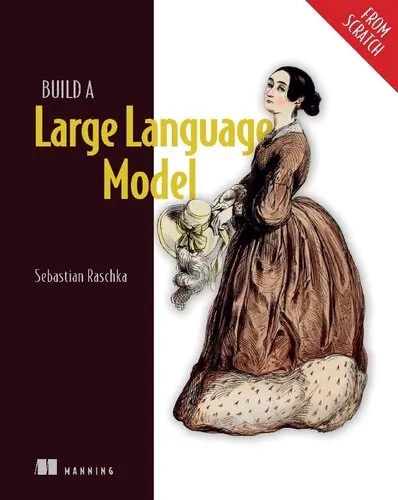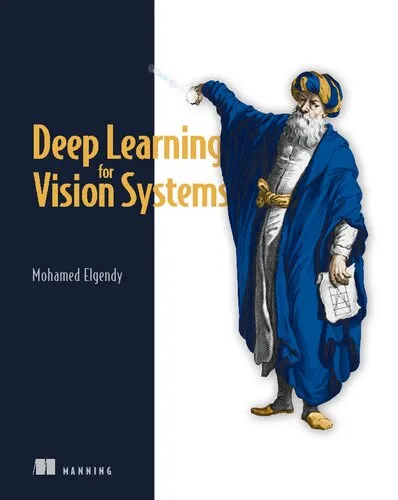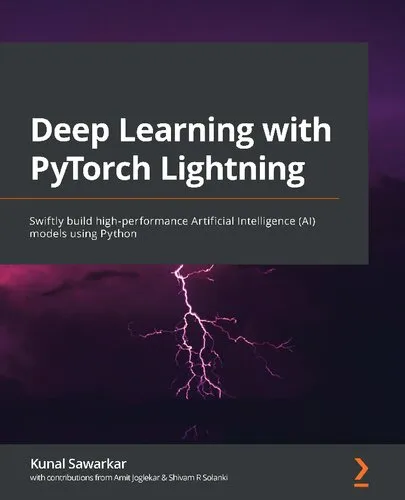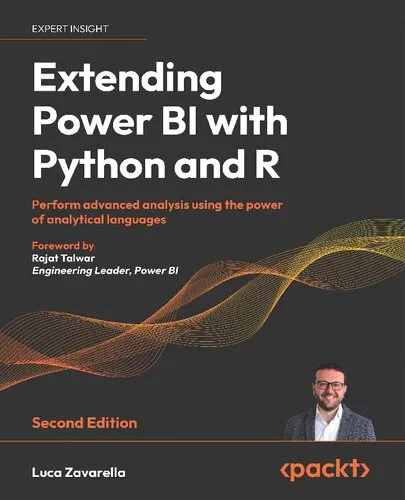Artificial Intelligence with Python Cookbook: Proven recipes for applying AI algorithms and deep learning techniques using TensorFlow 2.x and PyTorch 1.6
5.0
Reviews from our users

You Can Ask your questions from this book's AI after Login
Each download or ask from book AI costs 2 points. To earn more free points, please visit the Points Guide Page and complete some valuable actions.Related Refrences:
Free Direct Download
You Can Download this book after Login
Accessing books through legal platforms and public libraries not only supports the rights of authors and publishers but also contributes to the sustainability of reading culture. Before downloading, please take a moment to consider these options.
Find this book on other platforms:
WorldCat helps you find books in libraries worldwide.
See ratings, reviews, and discussions on Goodreads.
Find and buy rare or used books on AbeBooks.
1431
بازدید5.0
امتیاز1
نظر98%
رضایتReviews:
5.0
Based on 1 users review
nandan0
June 6, 2025, 10:40 a.m.
The author has put in a lot of effort to try and explain the topic of Artificial Intelligence in a very concise and precise manner. Using Python to explain this topic is an added advantage as Python is the most preferred programming language due to the availability of a huge repository of libraries for this purpose. Starting with explaining how to set up a Jupyter environment, the author goes on to explain how to get proficient with Python for Data Science. I think it would have better if the author had focussed on using Google Colab instead of Jupyter as most of us don't have access to the kind of GPU's required for AI.
The author then goes on to explain how to visualize data using SciKit, Keras and Pytorch. There is an assumption that the reader is familiar with the math involved in understanding the models. It would have been better if the same had been explained a bit. From the second chapter onwards, the book gets interesting in terms of learning how to transform data and using the same to learn more about supervised machine learning. Chapter three helps us understand how to represent data and identify unusual patterns in data which is a very useful skill to have. Chapter four introduces us to probabilistic modelling. Chapter five onwards covers more advanced topics like Heuristic Search Techniques and Logical Inference. In this chapter, I found the sub-topics of Finding the Shortest Bus Route and Simulating the Spread of Disease very interesting and relatable to the current situation. Chapters 6 to 11 cover advanced topics like Reinforcement Learning, Working with Images and NLP. The author has ensured that for each of these topics, the reader is hand-held and helped through with proper explanation given including how to install the required libraries and the dataset for the same. This is something that the author has done for each topic right from the start. This helps the reader understand the topic better as the reader can practise the same when they are reading the topic and see the results as well. This form of teaching is very helpful.
In my opinion, the author has put in a lot of effort to ensure that the reader had access to datasets so that they can practise on their own. But at the end of each chapter, having a few sample questions or probably links to questions that are available on the internet would have helped in understanding the topic better.
Questions & Answers
Ask questions about this book or help others by answering
No questions yet. Be the first to ask!
